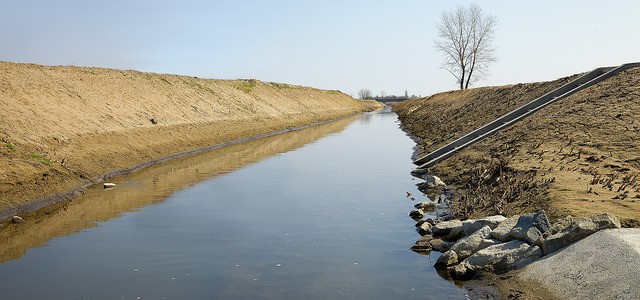In order to understand water endowments, the water supply in a particular spatial unit has to be measured against the current and projected water demand (C1.01). Based on that analysis, different development alternatives can be evaluated. When analysing water supply, both the quantity and quality of surface and ground water need to be taken into account. Water can exist in different phases (solid, liquid, and gas) and while evaluation usually focuses on liquid resources, other phases are just as important in providing an overall assessment. So in this first step, the pertinent parameters of the hydrological cycle need to be identified. An analysis of water demand includes the amount of water used, how that use might vary in response to differing circumstances and conditions, the sectors that are using it, the purpose it is used for, and the amount of water that is fed back into the system afterwards. Timescales are also an important consideration i.e. if water demand is being considered over the period of hours and days or years and decades.
To understand the characteristics of the resource and to calculate demand and supply, good climatological, physical and socio-economic data (C1.02) are needed. Routine physical measurements at monitoring and gauging stations need to be made at appropriate times and often enough to allow for valid conclusions. This, in turn, requires adequate financing of the monitoring system by governments, as well as the collection and storage of data in an ordered and accessible manner (see A3; B4.01 and C3).
Monitoring and Evaluation Systems (C1.03) need to be set up to figure out if the management practices that are in place are doing what they are supposed to do and to evaluate progress. They can be used to analyse various levels of policy-making: from the process itself, to policy performance, impacts reached, or even in relation to the broader goals of social, economic and environmental sustainability. If developed and applied coherently, Monitoring and Evaluation Systems can make processes more efficient, help to reformulate policies and programmes, and support transparency.

